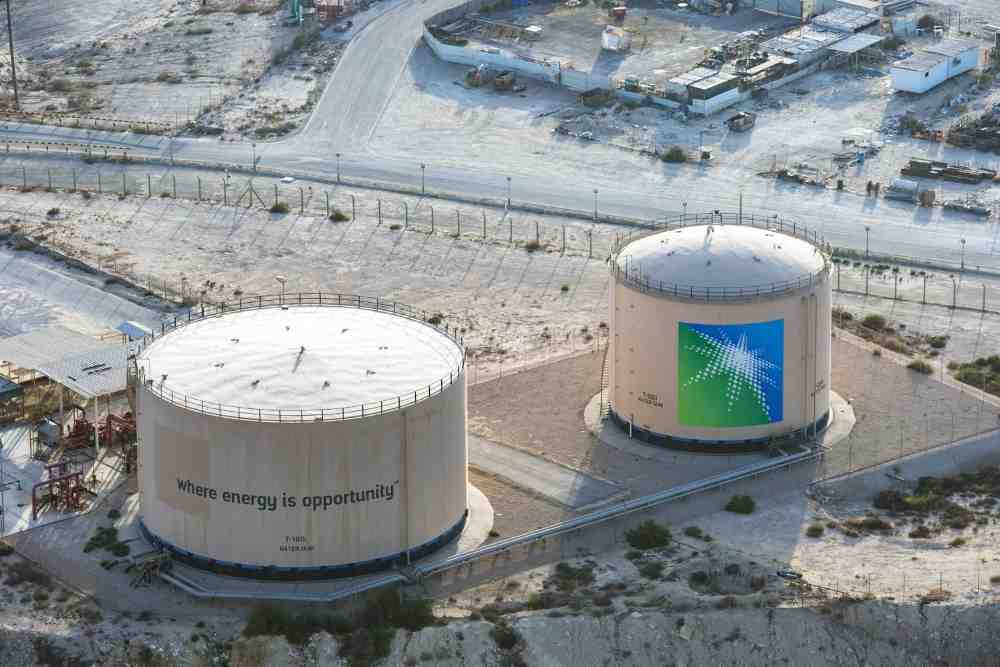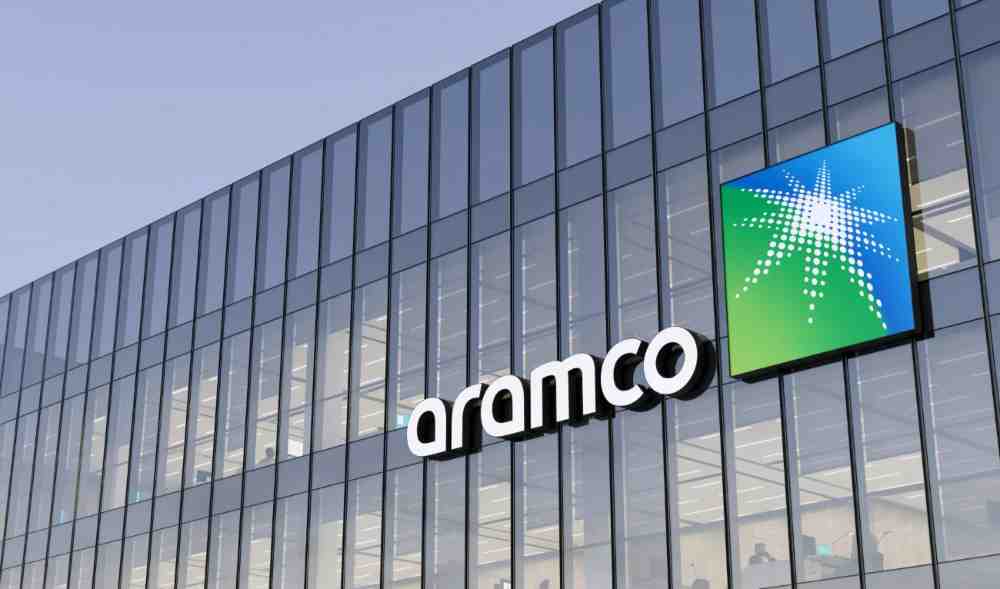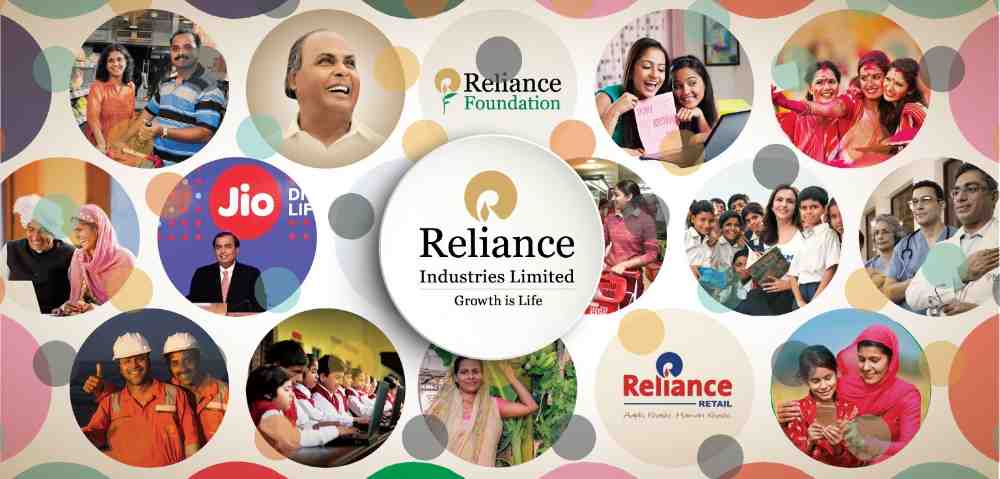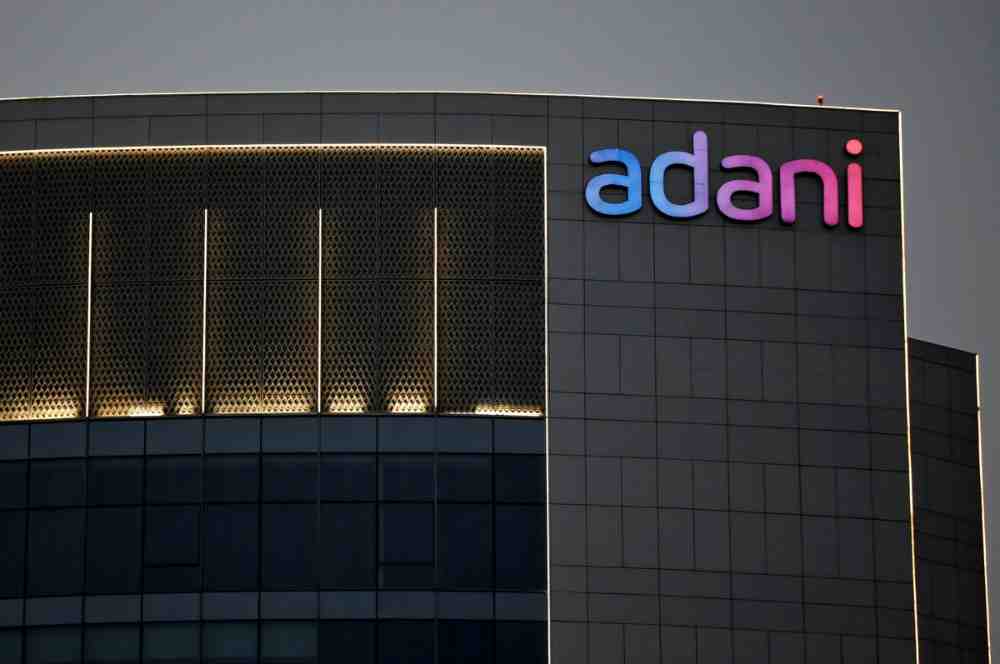Heated rivalry between Ambani and Adani over clean energy

Indian business tycoons Ambani and Adani have so far steered clear of each other’s path. However, it seems the paths of the Gujarat-based billionaires have overlapped with the urge to conquer the clean power sector. Both are planning to ramp up their green energy capacity in the world’s second-most populous country by 2030.
Ambani has built his empire on petrochemicals, textile, telecom and retail while Adani has focused on infrastructure, electricity generation transmission distribution, operation of airports, ports, and utilities.
The tiff began when both of them ventured into the green energy sector. Ambani told his shareholders that he was up for the most difficult task of his life by switching to clean energy and fuel. He announced that he would build 100 GW in solar energy capacity over the next nine years, adding that his group would spend $10 billion over the next three years in building solar manufacturing units, a battery factory for energy storage, a fuel cell factory, and a unit to produce green hydrogen. Three days later, Adani announced that his green energy venture would add 5 GW every year this decade, from a current level of about 3.5 GW.

There is enough room for multiple companies to grow in India as a part of the green energy target. Solar tariffs in India are already among the lowest in the world. It has fallen below 2 Indian rupees ($0.0269) per kilowatt-hour in auctions conducted in Gujarat.
However, Reliance’s strategy has always been scandalous. It has over the past years slit the throats of its competitors by reducing tariff rates, data plans and even issuing cheaper smart devices. The then telecom leaders like Vodafone and airtel bore the brunt of that. Now, Ambani is trying to rule the supermarket supply chain sector by conquering Amazon.com Inc. Adani controls India’s No. 1 edible oil brand and stocks grain for the government-run Food Corporation of India.
Why does the duo prefer clean energy now? India is the world’s third-biggest emitter of greenhouse gases. Both Ambani and Adani have built businesses on fossil fuels. Reliance runs the world’s biggest refining complex at Jamnagar in Gujarat, while Adani is India’s largest private-sector operator of coal-fired thermal stations and the country’s largest coal trader. Coal-based power generation could drop dramatically as the major players go green.


The world’s environmentalists are concerned about the carbon footprint India leaves. Both groups are trying to improve their clean energy credentials as investors pay more attention to the environmental impact. One of Adani’s main businesses, Adani Green Energy, currently dominates India’s renewables space. The share price rose by 156% last year.
A tiff between the two came to the limelight as the Saudi ARAMCO deal which was discussed by Ambani’s Reliance Industry for the past two years was called off. The Adani group has considered buying the shares, as part of a larger tie-up. The preliminary negotiations with Aramco appear to have a modest focus for now: a partnership in renewable energy, crop nutrients, or chemicals. If Aramco remains interested in controlling a captive refinery in India, its terms with Adani cooperation could change. The world’s largest crude oil producer, Saudi Aramco, is still a better fit for Ambani’s Reliance, which controls the world’s largest refining complex in Jamnagar, Gujarat.


By eliminating smaller and weaker enterprises, the two corporate groups are indeed diminishing the competition intensity in the larger economy. Adani has been hyperactive in the international loan market for the past five years, borrowing more than any other Indian corporation. Meanwhile, Ambani has transformed Reliance into a low-leverage fortress, which is a good thing when global interest rates rise. Now it’s time to wait and watch if the two billionaires will lock horns to achieve their goal of carbon neutrality.
